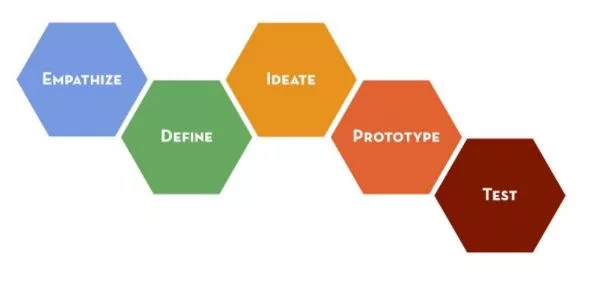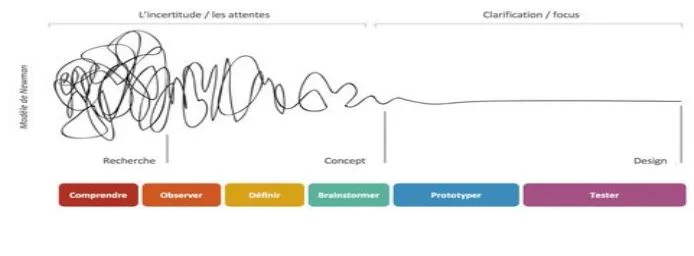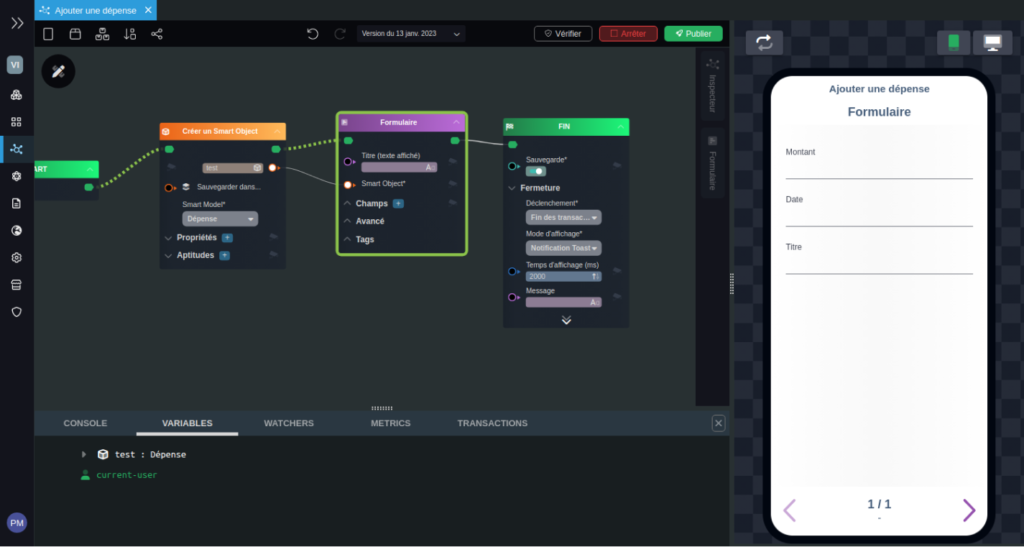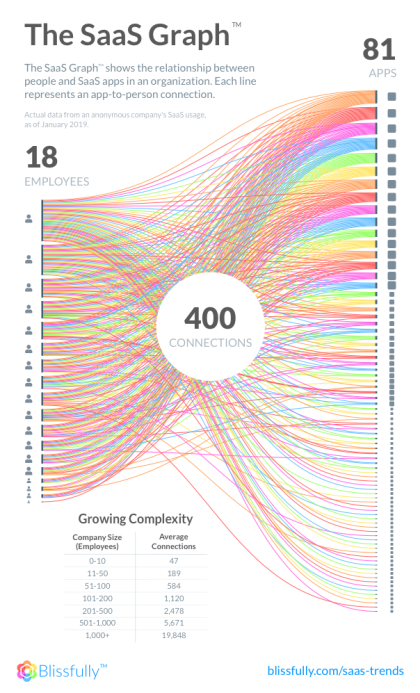
"Demo or die", Design Thinking for NoCode
Reading time: 6 minutes
Design thinking: from idea to concept
In 1942, Logan Wilson launched "Publish Or Perish! This formula was intended to bring about a change in the scientific community. Instead of waiting for many years of research to evoke a scientific position and to be able to prove it, he suggested to publish faster to advance research faster.
In 2014, the director of Media Lab at the prestigious MIT updated it for the 1st time during his TED talk by making it more IT: "Demo or Die".
He sees the need to move faster in the design of IT projects in a world where the Internet is becoming accessible to all and bandwidth is increasing.
For a company, the deployment of a solution remains a critical phase both in terms of budgets to be allocated and development time.
Stanford University describes Design Thinking as a method of "finding the real problem to be solved, and then answering it".

Stanford describes the design thinking method as a sequence of 5 steps. This process is perfectly adapted to the business world to accelerate innovation projects.

In this article:
Step 1: Empathy, understanding and observation
In the software industry, design thinking is more than a method, it is a state of mind because the conceptualization of software must be eminently user-oriented. We speak of "user-centered design".

A project is born according to a felt need or a problem to be solved; however, finding the right innovative solution takes time and requires, above all, putting oneself in the place of the user.
This empathy phase allows us to understand how the application will be used by different people by taking into account different ways of thinking and acting.
What seems obvious to some is not obvious to all, so a collection of testimonials and factual ideas is the best basis for further work.
Step 2: Specify
After the collection of testimonies, it is necessary to gather everything in an environment with a first final vision of its application (there will be many others).
You need to rephrase the project to get a sentence that sums up the concept on its own.
Coming together is a beginning; staying together is progress; working together is success. - Henry Ford
Step 3: Idea generation
The brainstorming team is an exploration of a new method of collaboration. Every new way of imagining the application is explored.
It is time to open up to new ideas and revolutionise the way you go about creating your prototype.
Each trade has a way of working that brings its plus to this solution. We play on optimism, an inevitable ally of innovation, especially in development.
Step 4: the prototyping phase
The lack of developers in the IT market has suddenly changed people's minds. In addition, the current situation of telecommuting forces to work with remote computing solutions which are more adapted and faster tools

Since 2017-2018, there has been a significant increase in the use of NoCode software to facilitate communication between departments and accelerate the deployment of projects and solutions.
According to Blissfully's SaaS Trends 2019 report, "the average employee uses 8 apps per day. Organizations with 501 to 1,000 employees use an average of 151 apps, and that number jumps to 203 apps for companies with more than 1,000 employees."
The graph below highlights the use of 81 applications in a company with 18 employees:

In an agile company focused on digital transformation, it becomes essential to connect all of its digital infrastructure to overcome the Shadow IT. Become autonomous on its own data management to make it more SMART.
NoCode solutions allow you to create your website (Webflow), your ERP, your accounting, your CRM (Monday) but also business applications that can be built without a single code tag.
When the need is expressed or a lack of agility in the company appears, it is enough to find the concept and the application which answers it and to do it oneself!
To help you, Design Thinking remains the key to create your applications and thanks to an intuitive interface you can create your own business applications that meet the needs of your company and your customers.
In addition to the fact that it allows you to create quickly, it allows you to evolve as you go along to save time for your IT team, which will be able to work on more complex projects, and also for your employees by allowing them to invest themselves fully and work together more easily.
Testing: the 5th and final step in design thinking
Vision by Algo'tech is a No-Code platform for creating professional applications, all in one.
Create your mobile & desktop user interfaces + the database that feeds them + the processes to guide the user through the application + the API connections.
The platform also offers you to host your creations in a centralized space to manage multiple applications, users and their rights.


